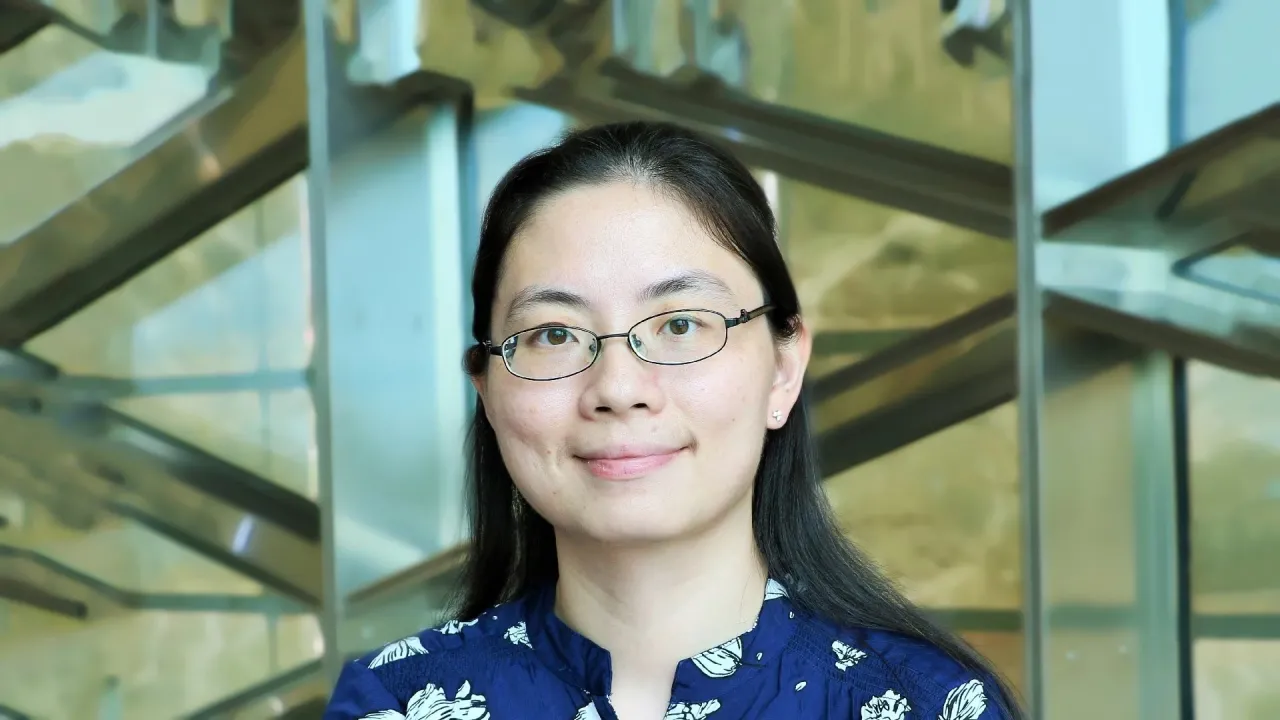
Ying Wu
- Program Chair, Applied Mathematics and Computational Science
- Professor, Applied Mathematics and Computational Science
- Principal Investigator, Waves in Complex Media
Professor Wu works on theoretical modeling and numerical simulations of classical wave propagation in complex media, including metamaterials, metasurfaces, topological materials and random systems. She is recognized by effective medium theory, perturbation theory for periodic structures with resonances.
Biography
Ying Wu is an Associate Professor of Applied Mathematics and Computational Science (AMCS) and the principal investigator of the Waves in Complex Media Research Group.
Professor Wu obtained her Ph.D. in Physics in 2008 from the Hong Kong University of Science and Technology (HKUST), which was followed by a two-year postdoctoral fellowship. She received her B.S. in Physics from Nanjing University, China, in 2002.
Wu is a dedicated physicist who studies electromagnetic, acoustic and elastic waves. Her work has advanced theoretical and design knowledge of metamaterials, photonic and phononic crystals and waves in random media.
Research Interests
Among Professor Wu’s research interests are computational physics with a focus on wave propagation in heterogeneous media, electromagnetic, acoustic and elastic metamaterials, effective medium theory, transport theory and time-reversal imaging. Furthermore, she implements fast algorithms for solving large-scale, classical wave propagation problems.
Education
- Doctor of Philosophy (Ph.D.)
- Physics, The Hong Kong University of Science and Technology, Hong Kong, 2008
Quote
I dedicated my career to Physics and the fascinating behavior of electromagnetic, acoustic and elastics waves. It is a multidisciplinary area related to wave, from mathematics to material sciences, from theory to simulation, from modeling to algorithms. I use different approaches to provide the most advanced technology for scientific and social advancement.
Questions and Answers
Why KAUST?
CEMSE offers a dynamic environment to develop my ideas and test approaches on a large variety of projects. The innovative, solution-based approach to research at CEMSE is very inspirational. Here my work benefits of the greatest contribution of colleagues and students. CEMSE gives me the opportunity to get a glimpse of most scientific researchers out there, knowing that I will make a difference.
Why phononincs?
Over the past decade, the field has seen rapid growth, starting from electromagnetic metamaterials to acoustic metamaterials and elastic metamaterials. Wu’s contribution to the field advances in theoretical exploration and numerical simulation of classical wave propagation in complex systems to design the new type of elastic metamaterial and advanced modeling for new developments in electronics and telecommunication systems. Her most recent work also focuses on seismic modeling for risk prevention.